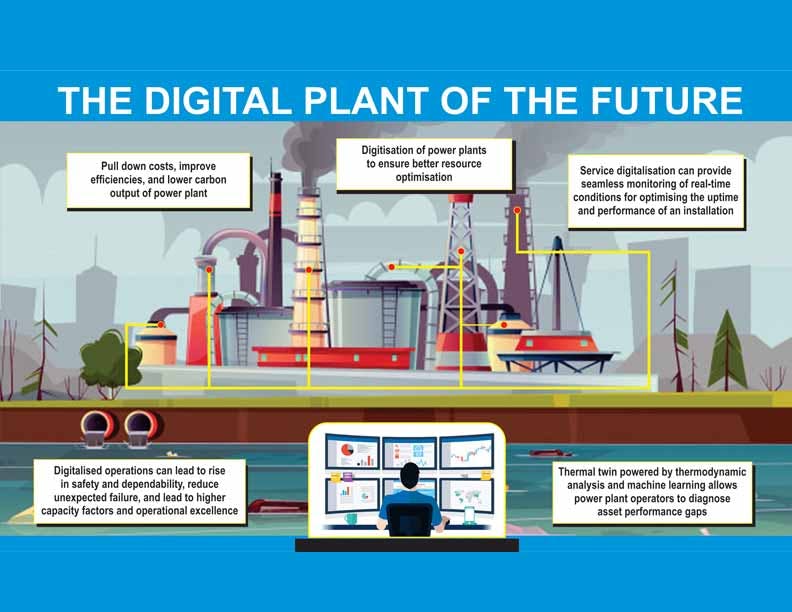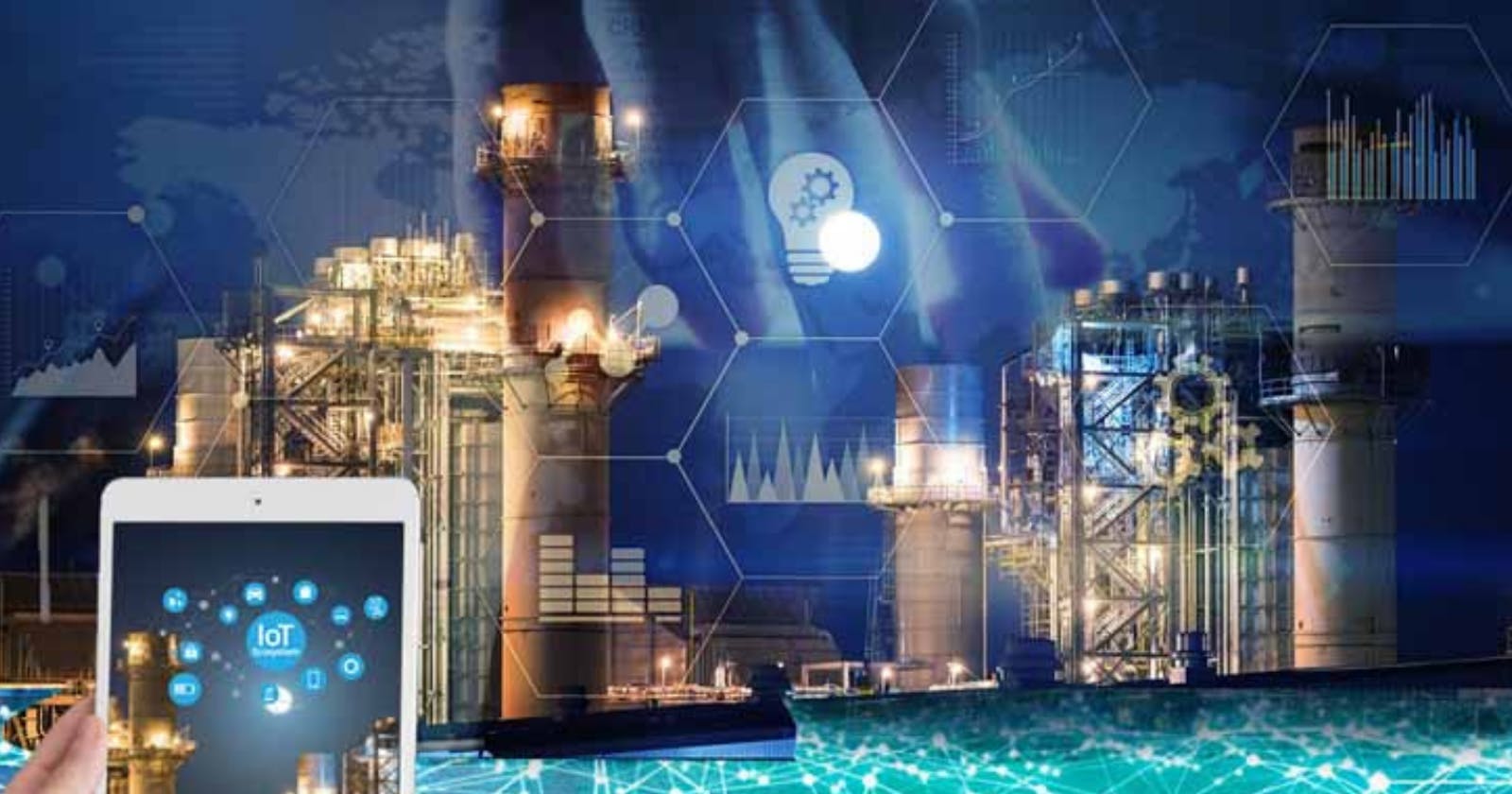Inspired by digital advancements, the stack of drives started by the government of India to encourage more efficient and effective lattice monitoring, energy consumption are anticipated to gain momentum in coming years.
In 2021, we see enormous undiscovered potential in areas like e-versatility, sustainable integration, power reliability, rail modernization, smart communities, server farms, and many more. Introduction
Introduction
With the rise in the technologies having the tremendous potential of the advanced time and the expanding take-up of problematic innovations like man-made reasoning or Artificial Intelligence (AI), blockchain, information technology (IT), cloud computing, internet of things (IoT), and robotics; associations across areas are going through significant business changes around the world.
Digitalization is described as the application of digital technology to add value to core companies, modify monetization strategies, and generate new value-generating possibilities while enhancing organizational capabilities and mentality.
Digitalization can work with the advancement of disseminated energy assets, for example, ordinary solar panels and capacity, by making better motivations and making it simpler for makers to store and offer overflow power to the framework. New techniques, such as blockchain, may be able to enable renewable power communities to allow peer-to-peer electricity trading. Digitalization and energy progress are two central changes that are changing the world and the energy sector.
In spite of the fact that digitalization isn't new, the innovation has become less expensive and quicker, and how much information and network is expanding dramatically, which prepares the use of computerized advancements to convey at a reasonable expense.
With the evolving demands of organizations, digitization is necessary
Digital innovations and patterns are changing the manner in which we live, work and engage. For Shell, they will assist us with decreasing our carbon impression, increasing cost efficiency, generating new income streams, changing plans of action, and reclassifying the energy industry.
By understanding the need for trendy advancements, the energy area in India is likewise quickly taking on mechanization and computerized innovations which is right now going through a huge turn of events and overhauls. Administration congruity and functional effectiveness are fundamental in energy and utility enterprises. Businesses all over the planet are encountering a significant change in purchaser conduct and the manner in which firms work because of digitization and robotization to meet unstable market elements and assumptions.
The energy & power industry is also swiftly recognizing the disruptive roles that emerging innovations can serve in increasing corporate growth and increased efficiency, as well as how technologies can serve as a major booster of this evolution.
The manner in which energy is obtained, provided, and consumed is being driven by innovation today. Besides, factors, for example, rising environmentally friendly power reception, battery stockpiling, appropriation lattice edge creation (prosumers), a flood in electric vehicles, decarbonization, and decentralization are causing a remarkable interruption in the energy and utility area.
Energy area assumes a major part in the advancement of the nation and adds to both simplicity of living and simplicity of carrying on with work
India has one of the biggest and most complex power areas on the planet. Throughout the course of recent years, the nation has seen exceptional development. Today, pretty much every resident approaches network power, power lack has diminished pointedly, and the introduced sustainable power limit has arrived at a fourth of the absolute limit.
The electricity sector, both internationally and in India, is experiencing a tremendous revolution. This may be seen in the growing use of clean renewable energy and the rise of grid-connected distributed power. While these changes cause churn and upheaval in the electricity industry, they also open up new and inventive business strategies.
India has set aggressive focuses for the power area. We are focusing on 24X7 power for all, with 450 GW of sustainable limit by 2030. A significant number of the public authority's major drives, like Make In India or Atma-Nirbhar Bharat, expect admittance to be sensibly evaluated, great ability to take off.
However, the industry continues to encounter substantial obstacles. Every year, most electricity distribution firms (or distribution companies) lose money; in FY 2021, the overall loss is expected to reach Rs 90,000 crore.
Approximately USD 80 billion per year, or around 5% of total annual power generating expenses, might be saved by digitalization.
COVID-19 wreaked havoc on the growth of India's economy, causing a significant drop in industrial and commercial electricity usage. Economic activity began to build up when the worldwide lockdown was lifted.
As a response, on January 20, 2021, energy requirements reached an all-time peak of 189.64 GW. While an increase in power consumption is excellent for the Indian economy, it also implies that the power industry is still under a lot of strain. As the industry keeps falling behind in digital adoption, this tension grows. Over the last two decades, the Ministry of Electricity has implemented a number of policies aimed at revitalizing the Indian power sector.

The Future
Within the electricity grid, digitalization is vital for integrating renewables into electrical networks, improving power grid stability, and cutting the cost of access to modern energy, all of which contribute to a more just and equitable energy revolution.
Digitalization allows us to take advantage of the information we already have to bring renewable energy to where it needs to be and increase its production at a mass scale. It has the potential to enhance available resources, lower production expenses, boost health & wellbeing, and lower the industry's ecological effects.
By being in a tropical country like India we are sitting on a gold mine on renewable resources, whereby allowing networks to better align energy demand to periods when the sun is shining and the wind is blowing, digitalization can aid in the integration of these sources can prove to a game-changer.
To give a push to the government of India's Smart Meter National Programme which aims to replace 25 crore conventional meters with smart meters in India, IntelliSmart, a Joint venture of PSUs of Ministry of Power, Government of India, and NIIF (National Investment and Infrastructure Fund) a Government of India, sovereign fund has launched INSTINCT 2.0, its Innovation Challenge, and Hackathon, which aims to drive reliable and efficient solution for the mass implementation of smart meters in the country.
The challenge is open to all and has exciting cash prizes and rewards in store for the participants, STAY TUNED for the launch happening soon on www.hack2skill.com

